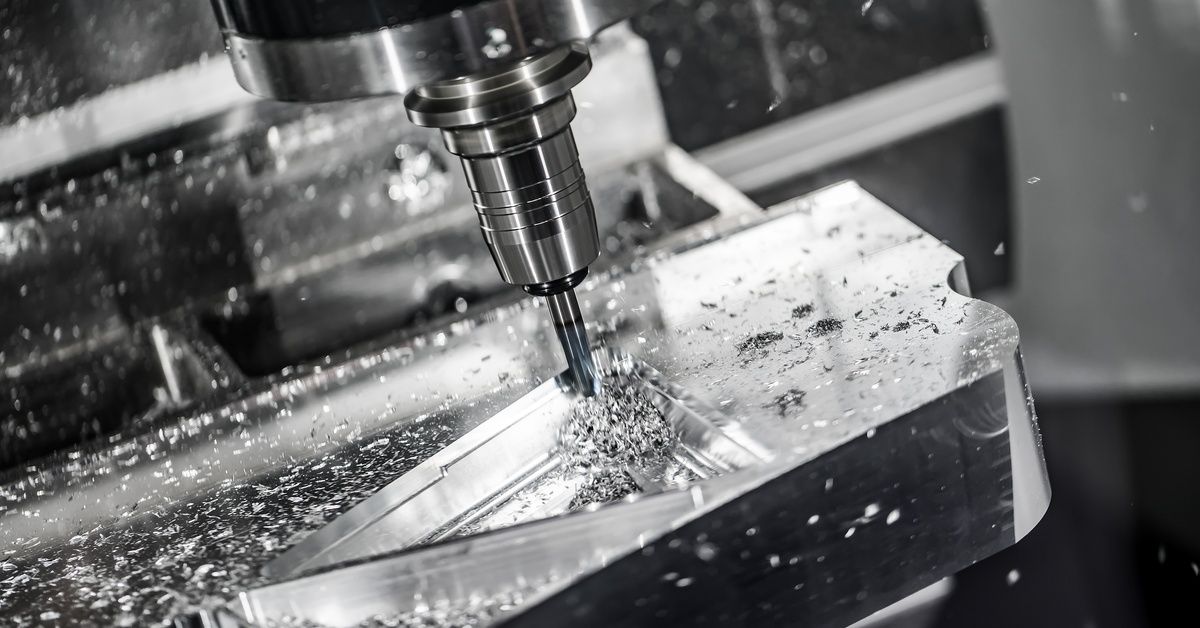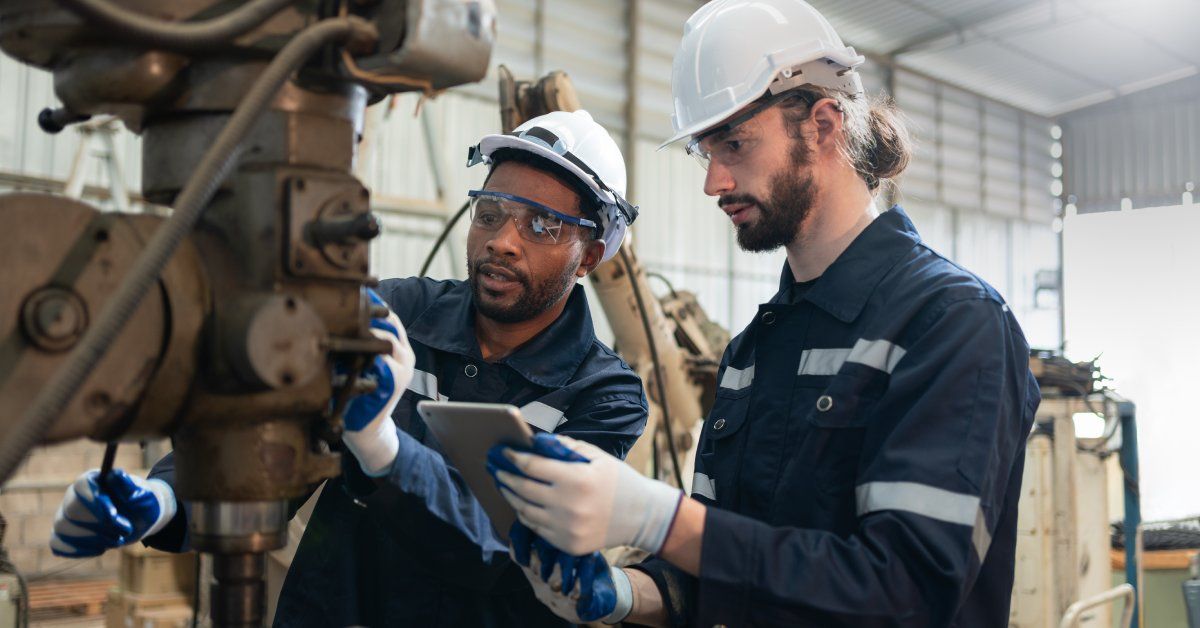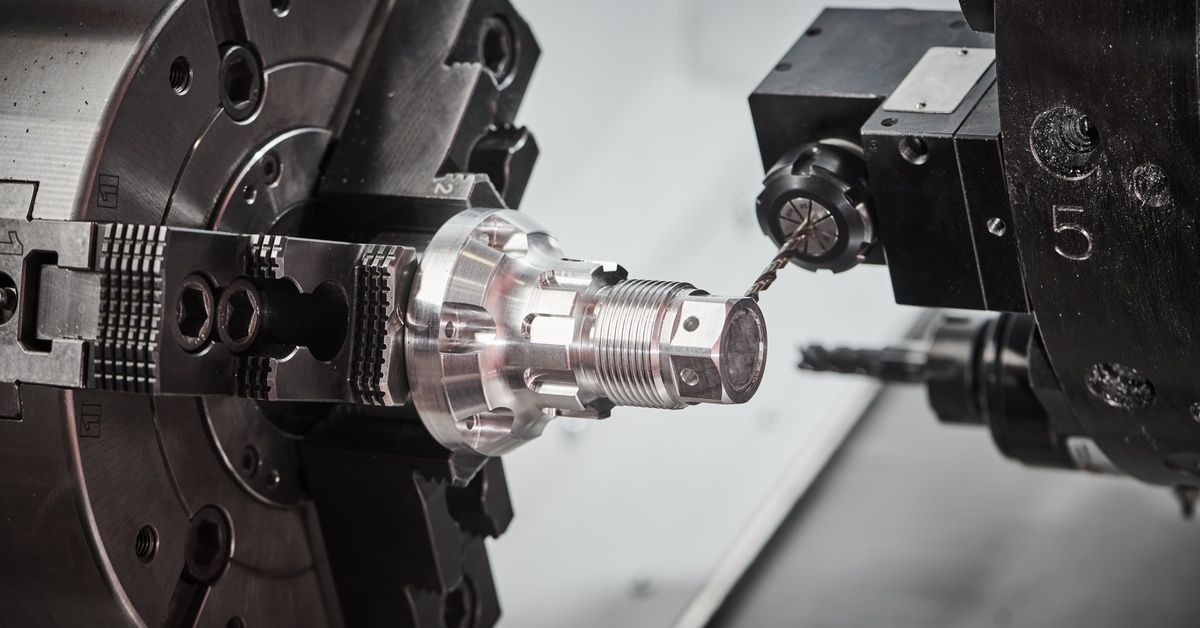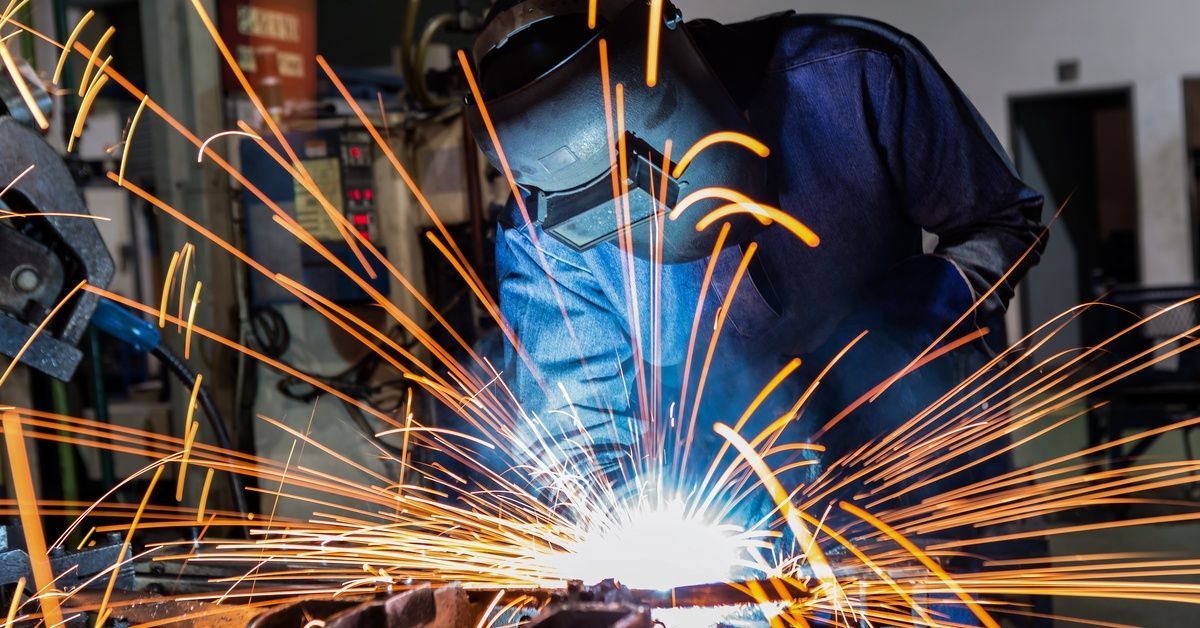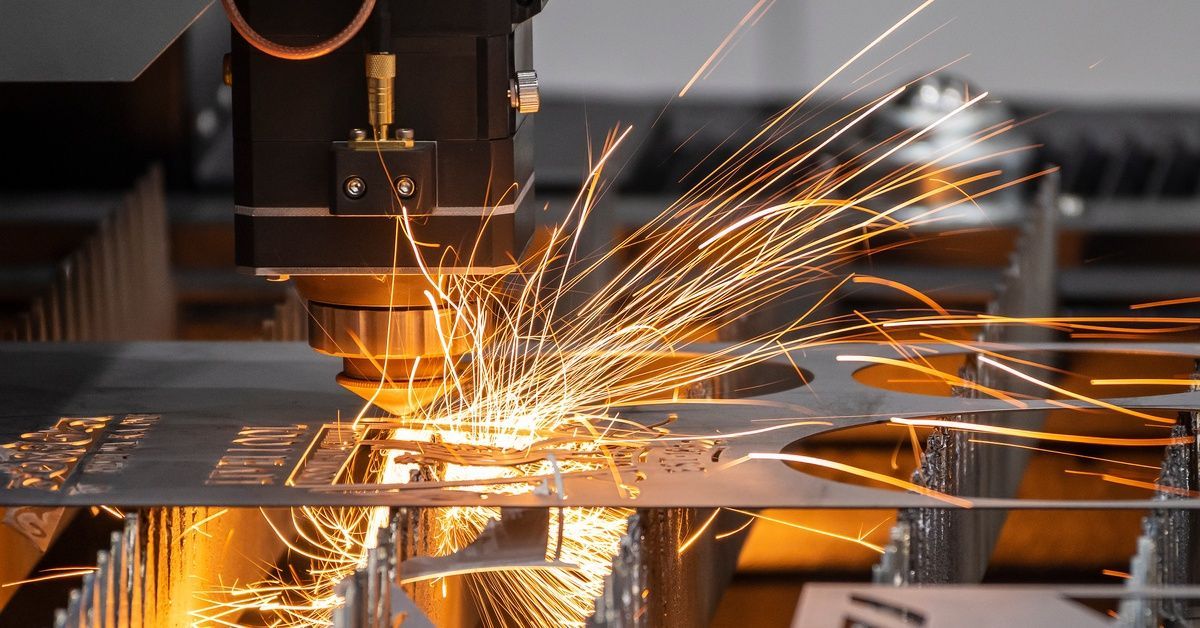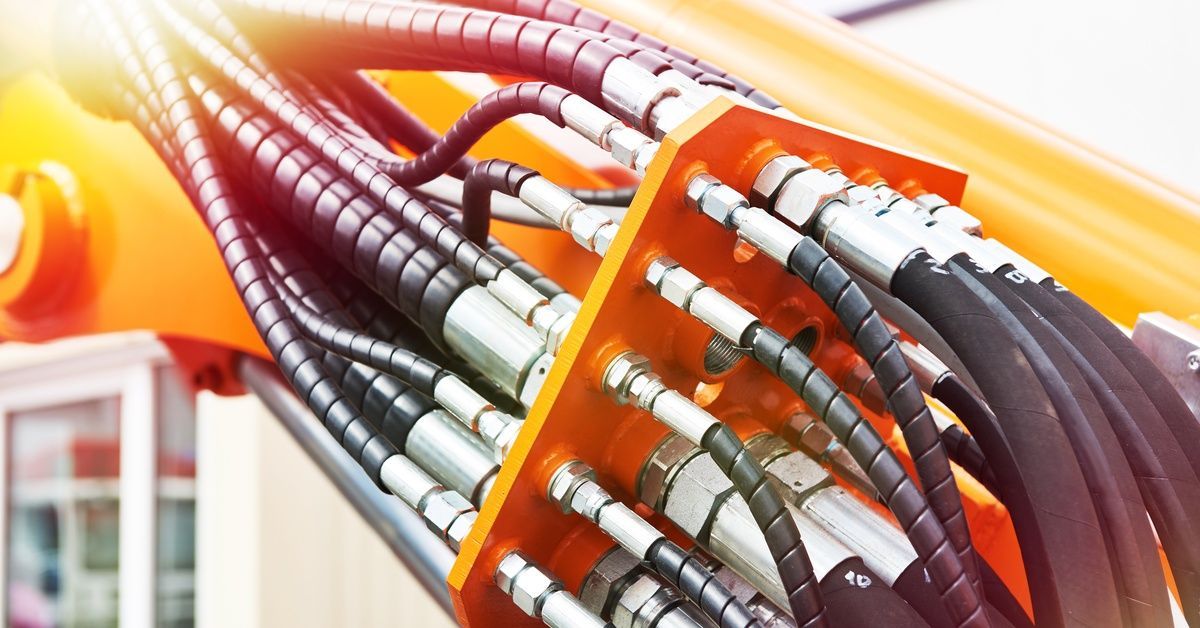The Benefits of CNC Machining for Metal Fabrication
CNC, or computer numerical control, machining is a process where advanced computer software overlooks the movement of factory tools and machinery.
This technology has become a cornerstone in metal fabrication due to its precision and efficiency.
Today, we’ll shed some light on the benefits of CNC machining for metal fabrication. Learn how you can use this essential equipment to your advantage today.
Impressive Flexibility and Precision
CNC technology is a marvel of modern engineering.
At its core, CNC machining involves using computers to control machine tools, including lathes and grinders. The process begins with creating a digital design and converting it into a precise set of instructions for the machine.
This eliminates the need for manual control, allowing for unparalleled precision and flexibility in metal fabrication.
CNC tools handle complex designs and intricate shapes that would be incredibly challenging with conventional methods. This flexibility makes them suitable for a wide range of applications, from simple components to highly complex parts used in various industries.
Efficient Production and Costs
Traditional machining methods often involve significant material waste and labor costs. CNC machining, on the other hand, minimizes waste through precise cutting and shaping. The computer-controlled process ensures the optimal use of each piece of material, reducing scrap and saving money.
Not only does this use your materials wisely, but it also saves time. CNC machines work quickly and efficiently, significantly reducing the time required to complete a project.
This rapid turnaround is essential for meeting market demands and staying competitive. Businesses can respond to customer needs promptly, ensuring the meeting of deadlines and timely fulfillment of orders.
Reliable Quality Control
Improved product quality and consistency are other significant advantages of CNC machining for metal fabrication. With CNC machining, each part has the exact same specifications every time.
This level of consistency is crucial for businesses that require high-quality products, as it eliminates variations and defects that can arise with manual processes. Customers receive reliable, top-notch products, enhancing the reputation of the business.
This result ensures that every component meets stringent quality standards, contributing to the final product’s overall safety and effectiveness.
By integrating CNC technology into their operations, businesses can uphold high-quality expectations, build customer trust, and enhance their reputation in the marketplace. Explore the aluminum CNC machining opportunities available now to uncover how you can work with fabricators to utilize this essential tech in your workplace.

